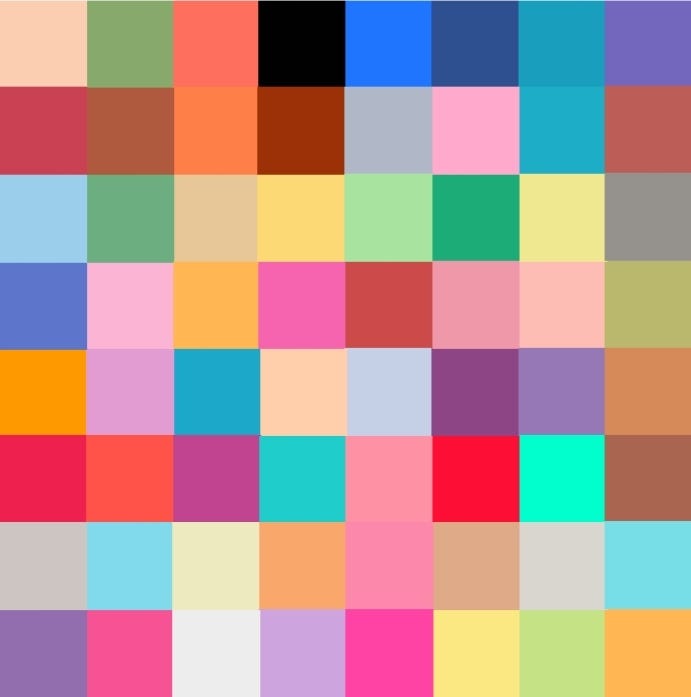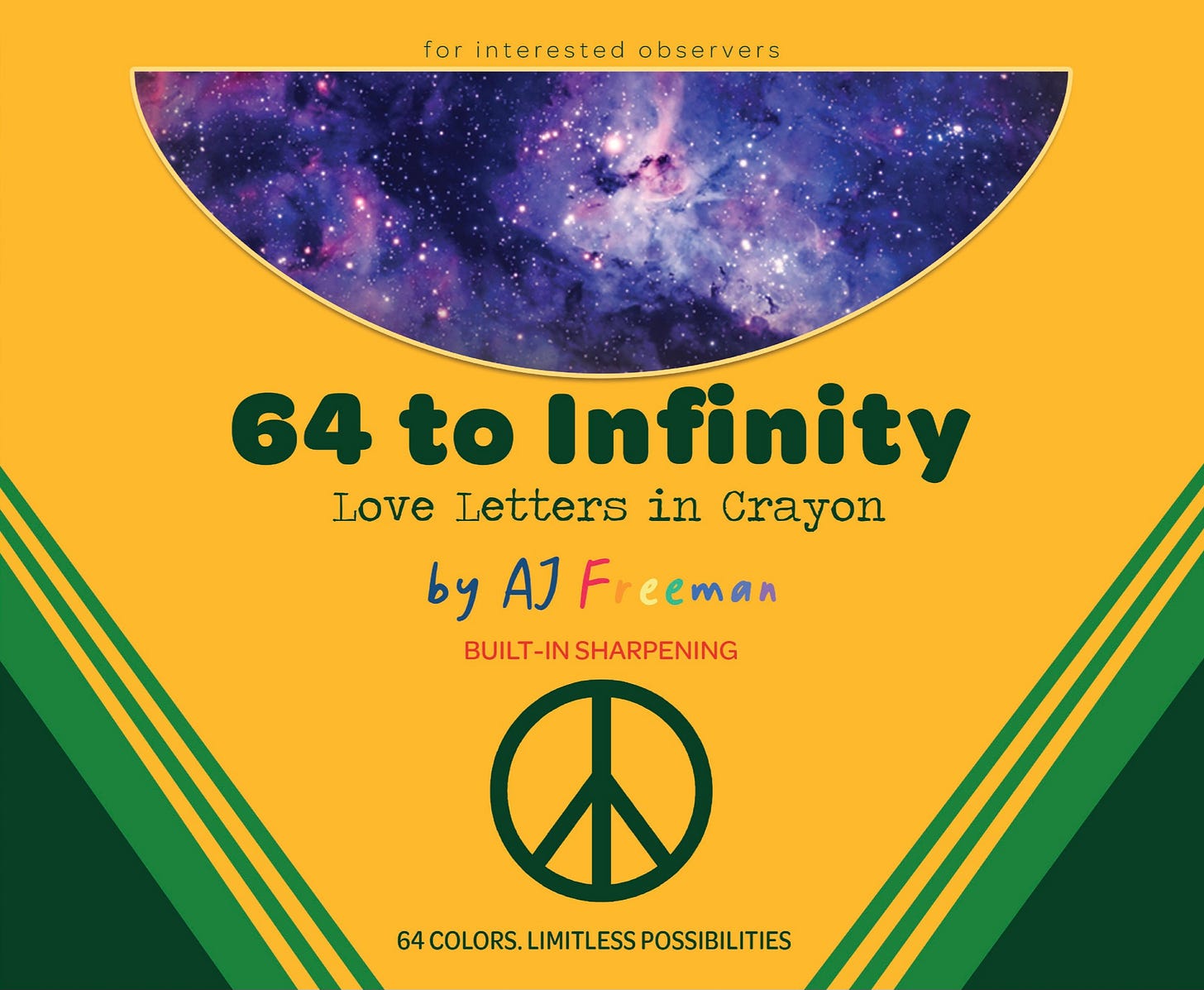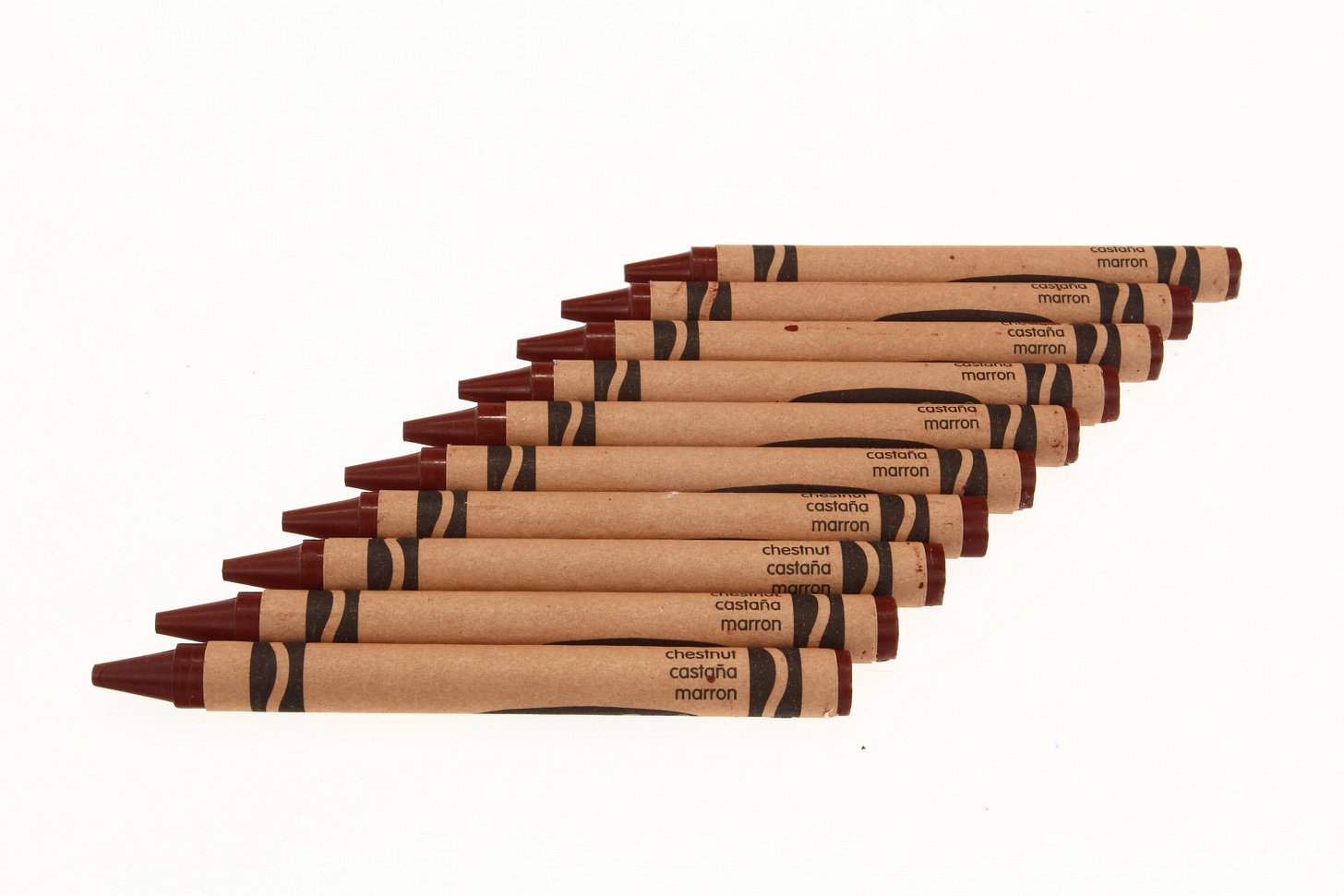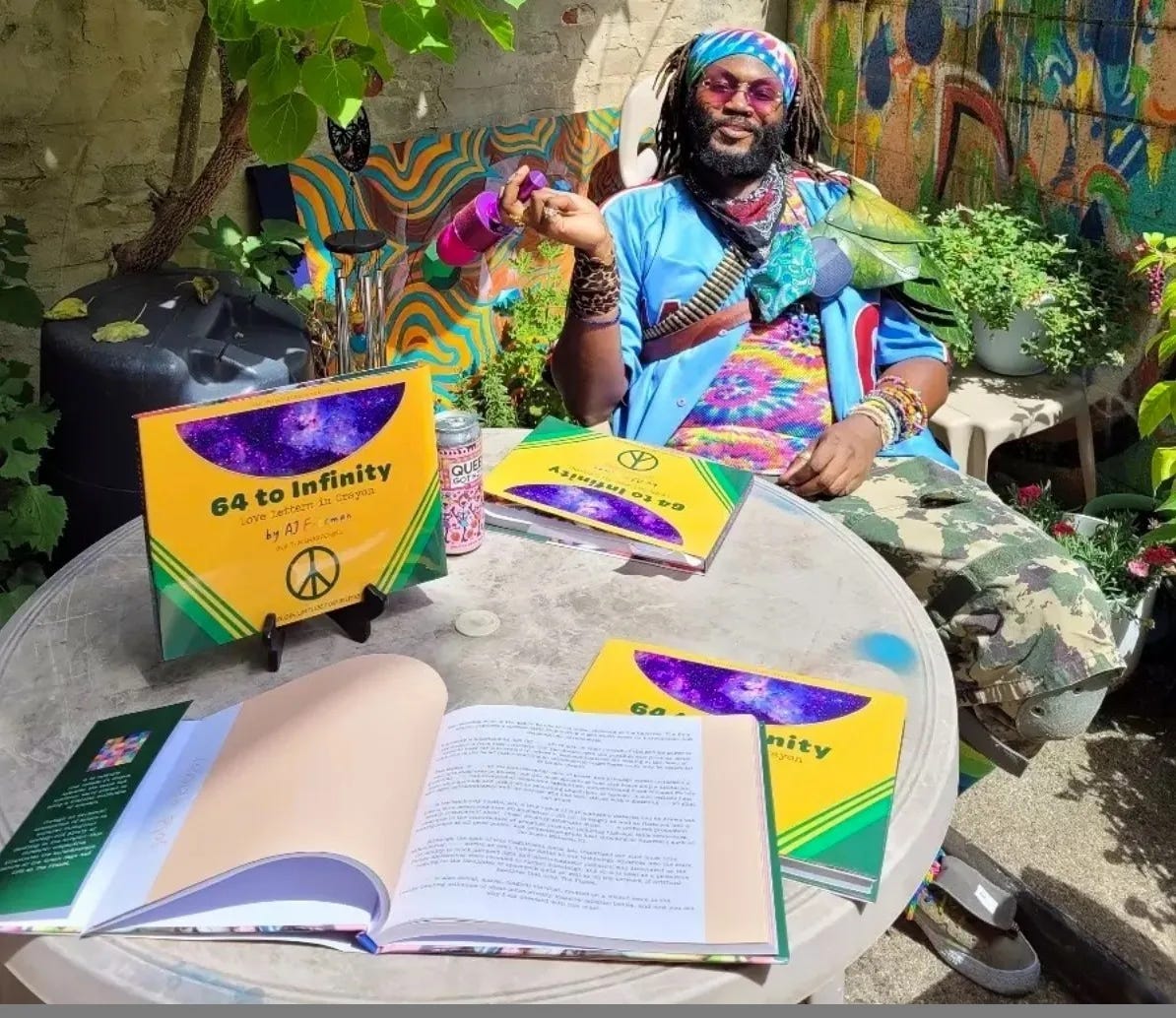Love Letters in Crayon: Chestnut
For better or worse, Chestnut changed the color of civilization.
Every Friday afternoon, “64 to Infinity: Love Letters in Crayon” will illustrate the long, strange story of humankind in one of the 64 colors that make up this world-famous primary palette. In the previous entry, Cerulean got the celebration its obvious beauty merits. Today, we peer beneath the surface to find meaning in the history-rewriting Chestnut crayon.

This may be the point in the entry where the reader might expect some obscure botanical effusion wrapped in appropriately flowery verbiage, but the humble Chestnut crayon can be copiously colorful to the interested observer.
Indubitably, history identifies a decisive factor in the intercontinental conflict that separated the uniting states of America from the British Empire: these nuts.
The Royal Navy of England’s colonial period had been absolutely peerless for hundreds of years. By the end of the 18th Century, the reach of the Crown extended fully around the globe; an old Chestnut of the day stated quite accurately that “The Sun never set on the British Empire.”
Fortunately for these American immigrants, the native Chestnut tree provided a veritable bounty of workable wood. As a material, wood from the Chestnut is lightweight, easily cut with common tools, and resistant to warping, shrinkage, and decay: an ideal choice for shipbuilding.
While the rebel colonists were only able to fend off the Royal Navy with ample assistance from British rivals in France, Spain, and the Netherlands, it is more than fair to say that without abundant access to the Chestnut tree--and lacking any cooperating country on the continent with which to trade for the cherished and costly commodity--Americans might still be speaking English.

The Chestnut tree is commonly featured in literature. One of its most famous appearances was in George Orwell’s prescient dystopian novel “1984,” where lovers Winston and Julia discovered the truest nature of their connection.
Often enjoyed roasting on an open fire, the Chestnut is also a common street food on The Planet, served up on sidewalks from Adelaide to Zurich.
Known to botanists as Castanea Sativa--a suffix often used to denote plants cultivated for their therapeutic traits--the Chestnut represents both one of the oldest foods consumed by our kind and one of our most reliable sources of construction material, and now you see why I am obsessed with this color.
Like many shades of our lush, living world, the warmth and reliability of Chestnut can deliver ample inspiration to the Interested Observer. Next week, we’ll continue celebrating our homeworld’s natural palette with a Love Letter to Cornflower Blue…so yeah, if you could go ahead and join us next Friday, that’d be great.
Hey, AJ here. You’ve already made my day by taking the time to check out this selection from my book, “64 to Infinity: Love Letters in Crayon!” Most writers live and die without ever being appreciated, and so every moment of your time is a personal gift to me.
My career as a writer is made possible almost entirely by readers like you. If you’d like to support human creativity directly, you can make a monthly contribution through Patreon.
….and if you’d like to see a second hardcover print run for “64 to Infinity: Love Letters in Crayon,” you can make a one-time donation to the “64 to Infinity” Print Run Fund.








